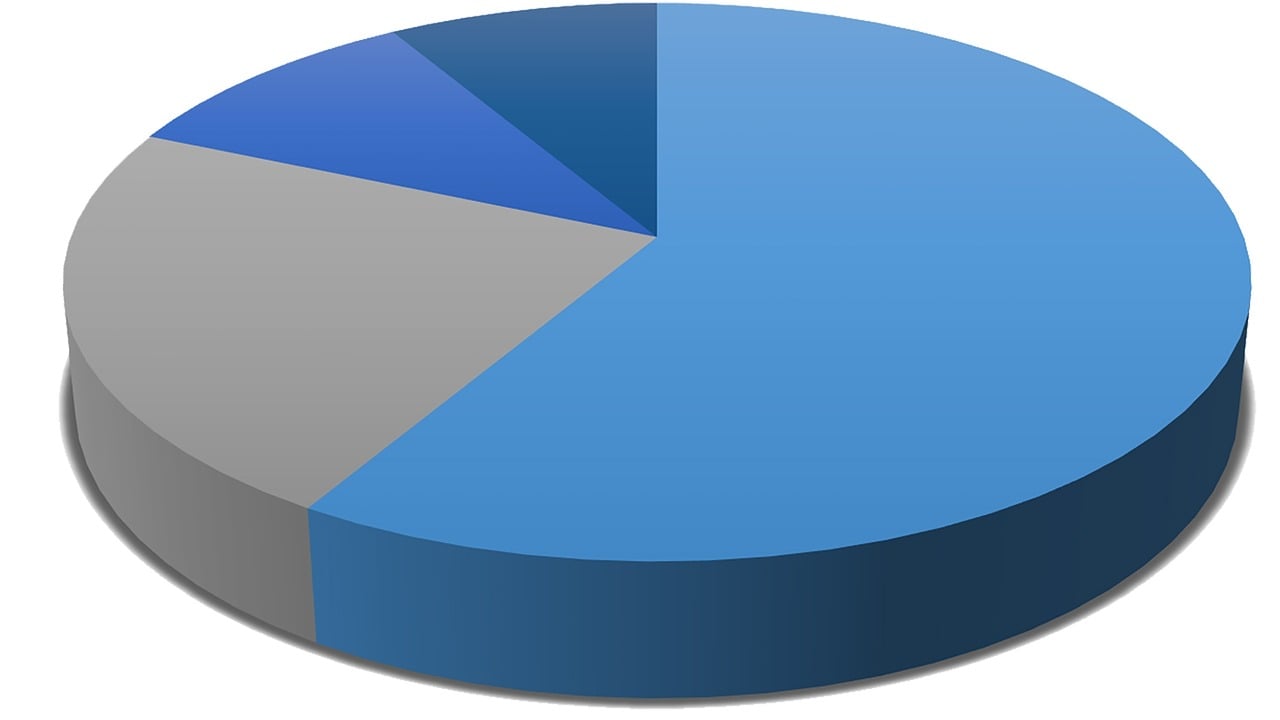In the rapidly evolving commercial landscape of 2025, data analytics stands as a pivotal force redefining business decision-making. Organizations across the globe now operate in an environment rich with data generated by customer interactions, supply chains, and digital footprints. Leveraging this influx of information, companies go beyond intuition, harnessing advanced analytic tools like Microsoft Power BI, Tableau, and IBM Cognos to extract actionable insights that refine strategies and elevate competitive positioning. This transformation impacts every tier of an enterprise, enabling personalized customer experiences, operational efficiencies, and agile risk mitigation.
Today’s organizations confront a paradox: data is more accessible than ever, yet without strategic integration, it can overwhelm and obscure valuable signals. Forward-thinking businesses align their analytic efforts with clear objectives, fostering a data-driven culture among their workforce. Platforms such as Google Analytics and Oracle Analytics Cloud are not mere repositories but engines of continuous insight, helping managers make informed decisions that anticipate market trends. This article explores the multifaceted ways in which data analytics reshapes decision processes, supported by examples, relevant technologies, and strategies to embed analytics seamlessly within organizational DNA.
Enhancing Customer Experience Through Data Analytics for Business Decision-Making
One of the most transformative applications of data analytics in business revolves around radically improving customer experience. By capturing diverse data streams—including purchase history, social media engagement, and website behavior—companies craft comprehensive customer profiles. This granular understanding facilitates personalized marketing, product recommendations, and proactive service interventions. For instance, a retail brand integrating Tableau dashboards with real-time IBM Cognos reports can track buyer preferences and adjust their offerings accordingly, fostering loyalty and increasing lifetime customer value.
Consider a hypothetical fashion retailer, “TrendFit,” that employs Google Analytics coupled with SAS Analytics to dissect visitor patterns on its e-commerce site. By analyzing bounce rates, click-through behaviors, and conversion data, TrendFit identifies pain points in its shopping funnel. The insights enable targeted improvements—like customized landing pages and tailored promotions—that boost sales by up to 20% within the first quarter of implementation.
Personalization doesn’t stop at marketing. Post-purchase data with Qlik and Alteryx helps TrendFit monitor customer satisfaction and predict at-risk churn customers. These analytics trigger timely retention campaigns, ultimately growing a loyal customer base. A focused analytic approach to customer experience thus directly influences profitability, demonstrating why many organizations prioritize this domain when integrating platforms like Domo and Looker.
| Customer Experience Enhancement Strategy | Data Analytics Tools Used | Primary Benefit |
|---|---|---|
| Personalized Promotions | Tableau, Google Analytics | Increased Conversion Rates |
| Churn Prediction Models | SAS Analytics, Qlik | Higher Customer Retention |
| Real-Time Feedback Analysis | IBM Cognos, Alteryx | Improved Service Quality |
Organizations aiming to build a loyal customer base can further explore insightful tactics at build loyal customer base. These insights showcase the pivotal role of data analytics platforms in refining decision-making related to customer engagement.

Streamlining Business Operations Using Advanced Data Analytics Solutions
Operational efficiency is at the core of competitive advantage, and data analytics offers unprecedented capabilities to identify bottlenecks, eliminate waste, and optimize processes. Businesses adopting solutions such as Oracle Analytics Cloud and Microsoft Power BI gain access to real-time production metrics and resource utilization data. These platforms empower managers to pinpoint inefficiencies and allocate resources more judiciously.
For example, a manufacturing company implementing Looker alongside Domo platforms comprehensively monitors supply chain workflows, from raw material delivery to product shipment. Analytics reveal delays caused by outdated equipment in specific factory locations. Targeted investments improve throughput and reduce downtime, driving a 15% improvement in operational productivity within six months.
Moreover, streamlined operations extend beyond manufacturing. Sales teams utilize Google Analytics to identify underperforming products and regions, enabling data-driven marketing and sales redeployment. Integration of IBM Cognos reporting tools with SAS Analytics models allows dynamic forecasting and scenario planning, providing agility in responding to market shifts. This synergy fosters proactive decision-making, minimizing costly mistakes.
- Real-time monitoring of production pipelines
- Predictive maintenance through machine learning models
- Resource allocation optimization across departments
- Automated reporting for rapid feedback cycles
| Operational Aspect | Data Analytics Application | Impact on Business |
|---|---|---|
| Production Efficiency | Oracle Analytics Cloud, Looker | Decreased downtime, increased output |
| Sales Forecasting | Microsoft Power BI, SAS Analytics | Improved accuracy, optimized inventory |
| Supply Chain Transparency | Domo, IBM Cognos | Reduced delays, cost savings |
Organizations can understand more on how businesses adapt technological changes and apply data analytics by visiting businesses adapt technological change, offering comprehensive strategies for modern operational excellence.

Using Data Analytics to Anticipate and Mitigate Risks in Business Environments
Risk is an inherent element of every business operation. Successful companies employ data analytics to anticipate potential threats and implement mitigation strategies. Tools like SAS Analytics and Oracle Analytics Cloud analyze patterns that often precede issues—ranging from fraud detection to supply shortage predictions.
Take, for example, a financial services company deploying Qlik dashboards integrated with IBM Cognos reports to detect irregularities in transactional data. This real-time surveillance can uncover fraudulent activity before it escalates, protecting both customers and corporate assets. Similarly, supply chain risk can be assessed using predictive analytics via Looker, identifying vulnerabilities such as geopolitical disruptions or natural disasters.
Risk mitigation also encompasses market volatility. Businesses relying on Google Analytics and Microsoft Power BI can analyze customer sentiment and purchasing trends, which often correlate with broader economic indicators. These insights guide inventory adjustments and pricing strategies to maintain profitability during uncertain times.
- Real-time fraud detection mechanisms
- Predictive models for demand and supply fluctuations
- Sentiment analysis to gauge market conditions
- Scenario planning and contingency simulations
| Risk Category | Analytics Tools Employed | Mitigation Strategy |
|---|---|---|
| Fraud Detection | Qlik, IBM Cognos | Real-time alerts and intervention |
| Supply Chain Disruptions | Looker, SAS Analytics | Proactive supplier diversification |
| Market Volatility | Microsoft Power BI, Google Analytics | Dynamic pricing and inventory management |
Decision-makers aiming to refine their risk management capability can benefit from methodologies detailed in strategies businesses thrive, which emphasize the role of data-driven insights in safeguarding enterprise continuity.
Driving Strategic Decisions with Data Analytics to Propel Business Growth
The transition from tradition-based to data-driven strategic decision-making is one of the cornerstones of modern enterprise success. Access to precise, well-analyzed data enables executives to confidently pursue market expansions, product innovations, or operational shifts with minimized uncertainty.
Organizations like Zeed leverage platforms such as Microsoft Power BI, Tableau, and Oracle Analytics Cloud to perform scenario modeling and outcome prediction, providing executives with a clearer vision of potential impacts. For example, a tech startup evaluating product launch timing might use Looker and Domo dashboards to analyze customer readiness and competitor movements, allowing for fine-tuning of marketing campaigns and supply chain readiness.
Moreover, strategic decision-making benefits from continuous reassessment and feedback loops made possible by integrated analytics platforms. By implementing this adaptive approach, companies can avoid common pitfalls such as overreliance on outdated assumptions or insufficient market data.
- Market trend analysis and forecasting
- Competitive intelligence and benchmarking
- Investment scenario simulations
- Real-time performance monitoring against goals
| Strategic Element | Data Analytics Tool | Business Impact |
|---|---|---|
| Market Expansion | Tableau, Microsoft Power BI | Informed entry timing and resource allocation |
| Product Launch Optimization | Looker, Domo | Improved launch success and ROI |
| Investment Decisions | Oracle Analytics Cloud, SAS Analytics | Reduced risk and maximized gains |
For more on how businesses can pivot effectively using data-driven insights, explore when to pivot business, a practical guide for decision-makers confronting dynamic markets.

Building a Sustainable Data-Driven Culture to Maximize Analytics Impact
Embedding analytics into an organization’s DNA is a critical success factor, demanding far more than technological deployment. It calls for cultivating a data-driven mindset among employees and leadership alike, promoting the use of platforms such as Alteryx and Tableau to empower data literacy and reduce decision-making based on gut feeling alone.
Developing this culture involves multiple dimensions, including:
- Training and Skill Development: Equipping teams with analytic competencies and tool proficiency.
- Transparency and Ethics: Ensuring clarity about data sources, purposes, and privacy compliance with regulations.
- Cross-Department Collaboration: Breaking silos to facilitate unified data strategies across marketing, operations, sales, and more.
- Continuous Improvement: Using analytics not only for decision-making but also to monitor and refine strategies dynamically.
For instance, a global pharmaceutical company rolled out a program blending IBM Cognos with Looker dashboards accompanied by comprehensive employee workshops. The initiative led to a 30% increase in data-driven project decisions within one year, markedly improving innovation speed and operational alignment.
Companies intent on strengthening their analytics culture can find valuable frameworks at successful entrepreneur habits and startup standout crowd, resources that emphasize mindset shifts essential for thriving in a data-intensive world.
Top Data Analytics Tools for Business Success
Select a tool to see details
Click or use keyboard to choose a data analytics tool from the list above.


